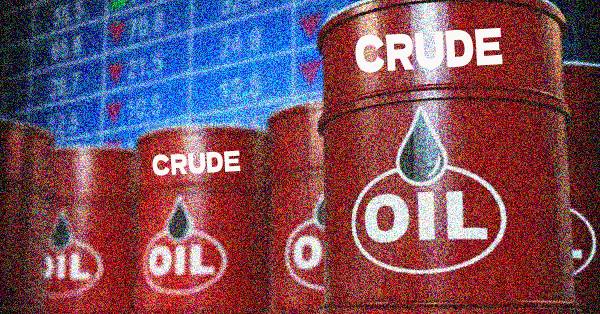European refiners turned to crude grades from Norway, the US, Saudi Arabia, Guyana, and Azerbaijan in 2022 to plug the growing gap left by Russian imports sidelined by Western sanctions on Moscow, according to tanker tracking data.
Russian seaborne crude imports into the EU, Norway and the UK shrank by 80% or 1.36 million b/d in November and December compared to pre-war levels of 1.71 million b/d, according to data from S&P Global Commodities at Sea. By far the biggest slide was in Russia’s medium, sour Urals grade crude with smaller volumes of Novy Port and Siberian Light affected by a combination of self-sanctioning and the EU’s embargo on seaborne crude from Russia.
Norway’s giant Johan Sverdrup oil field provided the biggest incremental boost to Europe’s alternative crude imports in 2022, the data shows, with the field adding 340,000 b/d to the region’s crude supplies compared to pre-war levels. Sverdrup produces a medium sour grade — heavier and more sulfurous than typical North Sea grades — that is similar in quality to Urals. Urals typically has a specific gravity of around 31.1 API with a sulfur content of 1.7% while Sverdrup is heavier with an API of 28.7 but has a lower sulfur content at 0.81%.
With total recoverable reserves estimated at 2.7 billion barrels, at plateau Sverdrup will produce 720,000 b/d, aiming to rise to 755,000 b/d.
Flows of US’ light, sweet WTI crude were the next biggest stand-ins for Russian barrels, the CAS data shows, adding almost 200,000 b/d on balance between the WTI and WTI Midland loading exports.
Kazakh-origin KEBCO crude has found good traction with European refiners in the Mediterranean since its rebranding in June, in a move designed to distinguish it from its sanctions-liable Russian counterpart. KEBCO was formally sold co-mingled under Russia’s Urals and Siberian Light crude grades.
Guyana’s new Unity Gold crude grade, Saudi Arabia’s Arab Light and Azerbaijan’s Azeri Light grades added a combined 393,000 b/d to Europe’s crude supply last year, the data shows.
The value of Urals crude has been trading below the G7’s $60/b price cap since Nov. 18 and Platts last assessed it at $37.635/b on Jan 4, around half the value of Dated Brent, S&P Global Commodity Insights data showed. By contrast, refining margins for processing Forties, Bonny Light, and WTI using natural gas stood at around $15/b in mid-December, according to S&P Global.
Pipeline flows
Some flows of Russian crude continue to be processed by European refiners, however, as EU sanctions exclude pipeline flows via the Druzhba network from Russia to central Europe.
The remaining shipments of Russian crude to the EU were mainly to Bulgaria — which has an exemption from the EU’s embargo on Russian crude — and to Gibraltar and Greece, also common trans-shipment locations via STS transfer, CAS data shows.
EU sanctions banning imports of Russian crude from Dec. 5 included an exemption for crude sent from Russia through the Druzhba pipeline into Central Europe, including to Hungary, Slovakia, the Czech Republic, and Poland. The exemptions also allow Bulgaria to continue importing shipped Russian crude until December 2024, allowing the Lukoil-owned Neftohim refinery in Burgas to enjoy high refining margins.
Germany and Poland halted imports of Russian crude via the Druzhba pipeline as of January 1, however, after an earlier deal that allowed seaborne crude into Poland to supply enough crude to the Schwedt refinery to run at around 70% capacity. Germany has committed to increasing the capacity of its Rostock port on the Baltic Sea and the Rostock-Schwedt oil pipeline, which supplies the Schwedt refinery.
Analysts at S&P Global Commodity Insights expected only minimal impact from the West’s seaborne crude sanctions on Russian output, forecasting its crude and condensate production will fall just 160,000 b/d month on month in December. Russian supply losses could peak at 930,000 b/d below pre-war levels in March, however, due to pending sanctions on fuel exports before production rebounds 400,000 b/d by Q4 2023, according to S&P Global.
Russian estimates that its oil output may fall 5%-7% in 2023 as a result of the sanctions.
Source: Platts









































